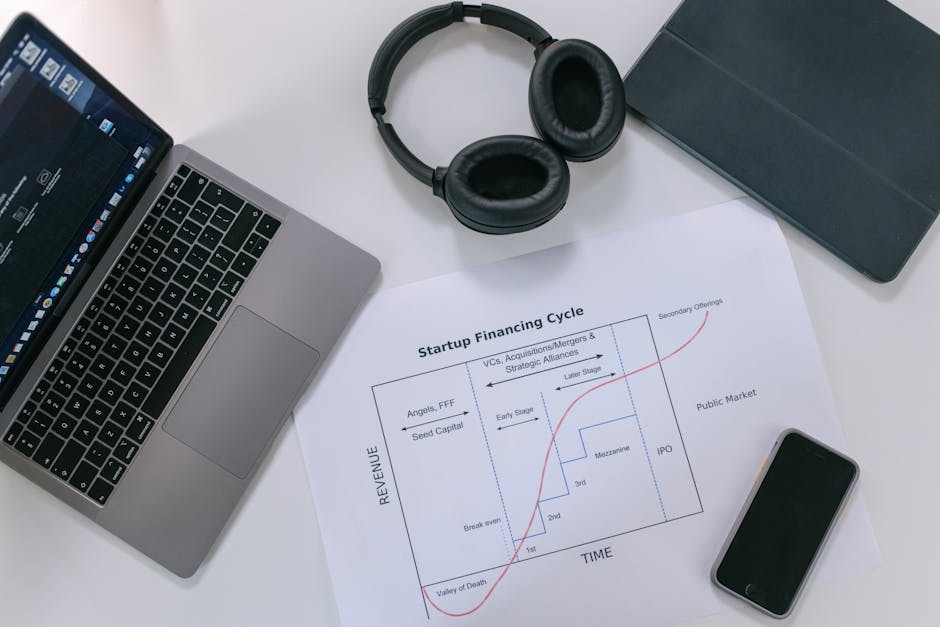Analyzing the Shift in Consumer Behavior Post-Pandemic
The COVID-19 pandemic has left a lasting imprint on nearly every facet of life, with consumer behavior being no exception. From the way people shop to their brand preferences and spending priorities, there has been a remarkable transformation in how consumers make decisions. These changes are not just reactions to temporary circumstances but reflect deeper shifts in values, expectations, and habits. The ripple effect can be seen across industries, influencing everything from retail and e-commerce to healthcare and entertainment. Understanding these shifts is essential for businesses aiming to adapt and thrive in this new environment.

1. The Rise of E-Commerce
Lockdowns and safety concerns during the pandemic led to a significant increase in online shopping. Consumers who were previously hesitant about e-commerce adopted it out of necessity. According to data from Statista, global e-commerce sales increased by 27.6% in 2020 alone, highlighting this abrupt change. While physical stores have reopened, many consumers continue to prioritize online shopping due to its convenience and wide range of options.
Key trends within e-commerce include the growing popularity of direct-to-consumer (DTC) brands and subscription services. Companies like Amazon, Shopify-powered stores, and even smaller niche platforms have gained traction as they cater to the demand for seamless, contactless shopping experiences.
- Convenience and speed became top priorities for consumers.
- Contactless delivery options added an extra layer of safety appeal.
- Mobile commerce (m-commerce) saw rapid growth as smartphones became a primary tool for shopping.
2. Shifts in Spending Habits
The pandemic prompted consumers to reassess their spending priorities. Essentials like groceries, healthcare products, and home improvement items took precedence over discretionary spending on luxury goods or travel. This shift was particularly noticeable during the initial months of the pandemic when uncertainty loomed large over financial stability.
Interestingly, a survey conducted by McKinsey & Company indicated that even as economic conditions improved, many consumers continued to favor value-driven purchases over premium options. This reflects a cautious approach influenced by prolonged financial insecurity during the pandemic.
3. Health-Conscious Purchasing Decisions
The crisis heightened awareness around health and wellness, leading to an increase in demand for products that support physical and mental well-being. Organic foods, fitness equipment, and telehealth services witnessed unprecedented growth during this period.
For instance, companies like Peloton experienced soaring sales as individuals sought alternatives to gym memberships during lockdowns. Similarly, telehealth platforms such as Teladoc Health expanded rapidly, offering convenient access to medical consultations without risking exposure to the virus (BBC.com).
4. Increased Focus on Sustainability
The pandemic also brought sustainability into sharper focus. As people spent more time reflecting on their lifestyles and environmental impact, interest in eco-friendly products surged. Brands that prioritized sustainability gained favor among consumers looking for ethical alternatives.
Many companies responded by adopting sustainable practices such as reducing packaging waste or sourcing materials responsibly. For example, outdoor clothing brand Patagonia saw increased loyalty thanks to its longstanding commitment to environmental stewardship.
5. Localism: Supporting Local Businesses
Another noteworthy trend has been the shift towards supporting local businesses. The pandemic revealed vulnerabilities in global supply chains, prompting many consumers to turn towards locally sourced goods and services. According to Forbes, this shift was not only driven by practicality but also by a desire to support local economies struggling through the crisis (Forbes.com).
This newfound appreciation for localism has persisted even as restrictions eased, creating opportunities for small businesses to compete with larger corporations by emphasizing authenticity and community connections.
6. Digital Transformation Beyond Shopping
The pandemic accelerated digital adoption far beyond retail shopping alone. From virtual events and online education to digital entertainment platforms like Netflix and Spotify, technology became central to daily life in unprecedented ways.
This digital-first mindset has extended into how people interact with brands overall. Social media platforms are now crucial channels for customer engagement and brand discovery. Live-streaming commerce is another trend that emerged strongly during this period, blending entertainment with shopping for an immersive experience.
7. Changing Consumer Expectations
Lastly, consumer expectations have evolved significantly post-pandemic. Flexibility is now a major factor; customers expect brands to offer adaptable solutions like easy returns or flexible payment options.
Transparency has become a key value driver. Consumers want clear communication about product origins, pricing structures, and company policies regarding social responsibility issues such as labor practices or environmental impact. The shifts observed in consumer behavior since the pandemic are both profound and multifaceted. They reflect deeper changes in societal values that will likely shape market dynamics for years to come.
From increased reliance on e-commerce and digital services to more thoughtful spending habits focused on health, sustainability, and community support, these trends highlight a transformative period in consumer decision-making processes worldwide.
This article was generated by AI